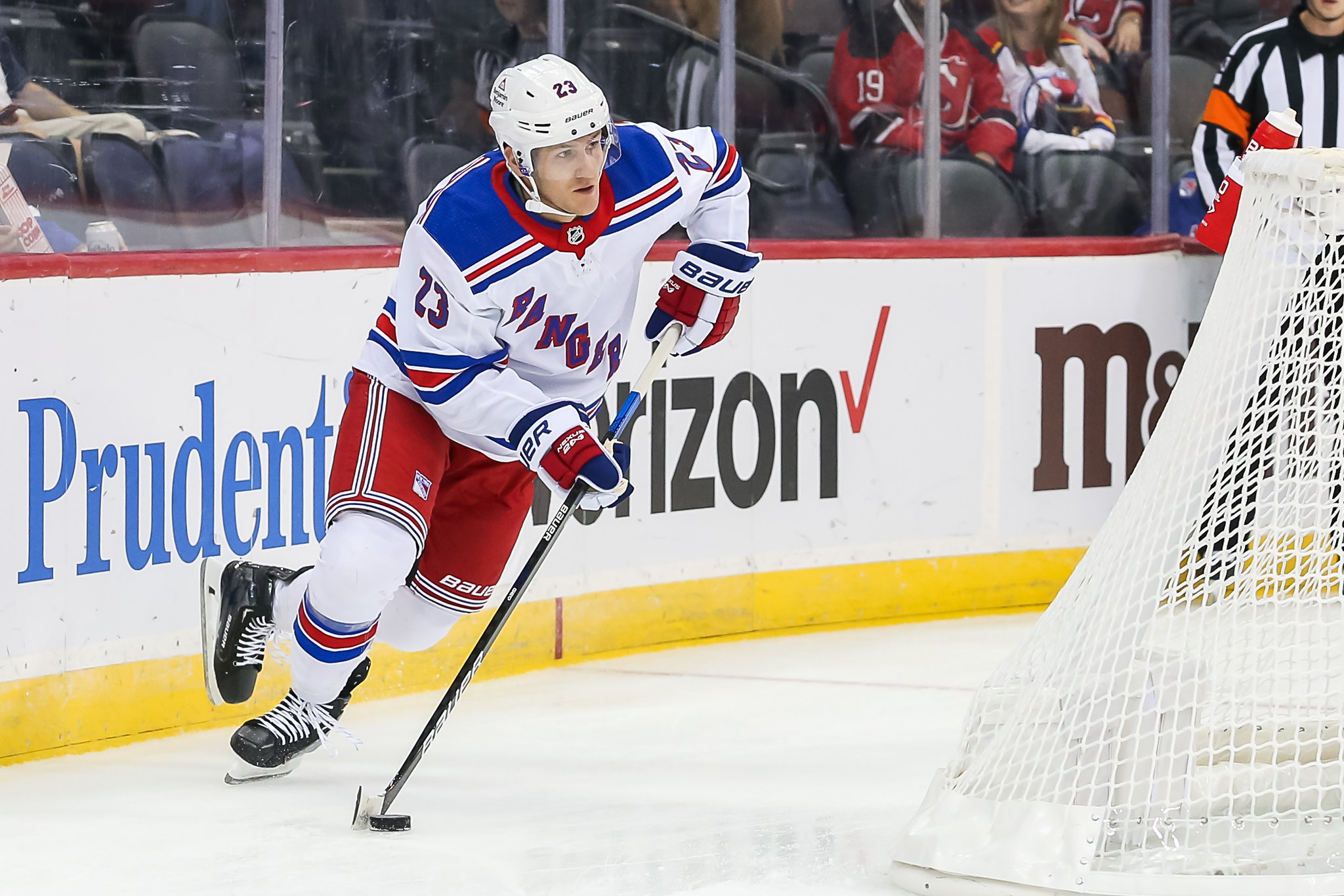

As the 2025-26 NHL season approaches, the New York Rangers find themselves in a competitive position, aiming to build upon their recent performances and contend for the Stanley Cup. A crucial aspect of their success hinges on the effectiveness of their player contracts. Examining the Rangers' contract situation reveals some deals that appear to be highly beneficial, while others may present challenges for the team's financial flexibility and overall roster construction. Here's a look at three of the Rangers' best and worst contracts heading into the 2025-26 season.
Best Contracts
Igor Shesterkin ($11.5 million AAV): Inking Igor Shesterkin to an 8-year, $92 million contract is arguably one of the Rangers' smartest moves. As one of the league's premier goaltenders, Shesterkin provides a significant advantage in every game. His stellar performance and Vezina Trophy-winning caliber make his $11.5 million average annual value (AAV) a worthwhile investment for the Rangers. A top-tier goalie is crucial for any team with Stanley Cup aspirations, and Shesterkin's presence solidifies the Rangers' last line of defense for years to come.
Adam Fox ($9.5 million AAV): Locking down Adam Fox, an elite defenseman, with a 7-year, $66.5 million contract is a testament to the Rangers' commitment to building a strong defensive core. Fox's exceptional playmaking ability, defensive prowess, and overall impact on the game make him a cornerstone of the team's blue line. At $9.5 million AAV, Fox's contract provides excellent value for a player of his caliber, ensuring the Rangers have a top defenseman in his prime for the foreseeable future.
Mika Zibanejad ($8.5 million AAV): Securing Mika Zibanejad for 8 years at $68 million AAV proves to be a savvy move for the Rangers. As a top-line center, Zibanejad brings a combination of scoring ability, playmaking skills, and a strong two-way game. His consistent performance and leadership qualities make him an integral part of the Rangers' offensive attack. With an $8.5 million AAV, Zibanejad's contract offers stability and production at a reasonable cost, solidifying the Rangers' center position for the long term.
Worst Contracts
Artemi Panarin ($11.64 million AAV): While Artemi Panarin's offensive skills are undeniable, his $11.64 million AAV contract raises concerns about long-term value. Although Panarin is a dynamic playmaker, his age and potential decline in production make his contract a risky investment. As the salary cap increases, the impact of Panarin's cap hit may become less burdensome, but the Rangers need to carefully evaluate his performance and contribution to ensure his contract remains justifiable.
Jacob Trouba ($8 million AAV): Jacob Trouba's $8 million AAV contract continues to be a point of contention for the Rangers. While Trouba brings physicality and leadership to the team, his on-ice performance doesn't always align with his high cap hit. Trouba's defensive lapses and occasional struggles with puck possession make his contract a potential overpayment. The Rangers need Trouba to elevate his game and provide more consistent defensive play to justify his significant cap hit.
It’s important to note that the Rangers have $83,302,858 in active contracts counting against the salary cap. The upper limit of the salary cap is set at $95.5 million for the 2025-26 season.
The Rangers' ability to manage their salary cap effectively will be crucial in the coming seasons. With a mix of valuable contracts and potential overpayments, General Manager Chris Drury faces the challenge of optimizing the roster while maintaining financial flexibility. By making shrewd decisions regarding player acquisitions, trades, and contract extensions, the Rangers can maximize their chances of building a Stanley Cup-contending team.